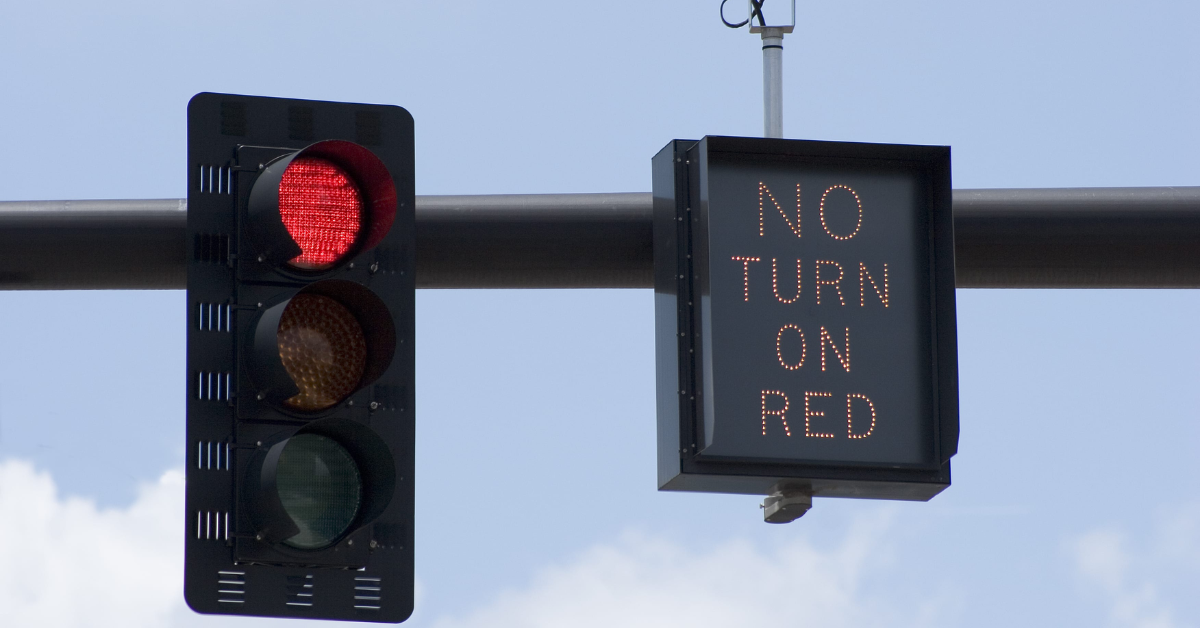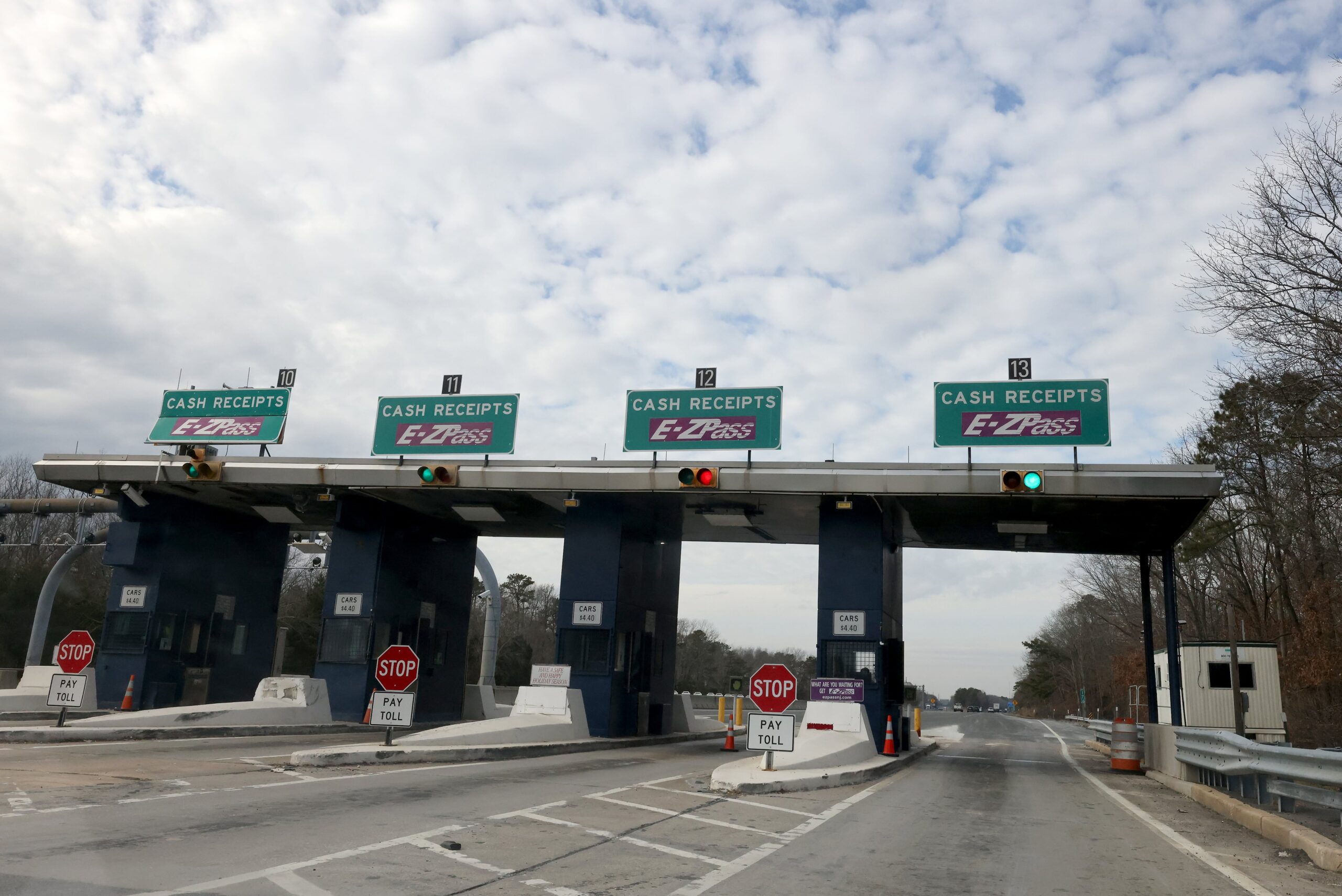Right turns on red (RTOR) have been a standard driving rule in most of the United States since the 1970s. The policy was introduced to improve traffic flow and reduce fuel consumption. But are these seemingly harmless manoeuvres actually putting pedestrians, cyclists, and other drivers at risk?
While many drivers take RTOR for granted, recent studies and traffic safety reports have raised concerns about the dangers associated with them. Some cities are even considering banning right turns on red in busy urban areas. Let’s examine what the data says about this controversial traffic rule.
The History: Why Right on Red Became Law
In response to the 1973 oil crisis, the U.S. government passed the Energy Policy and Conservation Act, which encouraged states to allow right turns on red to save fuel and improve traffic efficiency. According to the Federal Highway Administration (FHWA), this policy was widely adopted across the country, except in areas with specific safety concerns.
However, when these laws were introduced, there was little data available on their impact on pedestrian and cyclist safety. Over time, researchers have begun to assess whether the benefits outweigh the risks.
The Risk Factors: Who’s Most at Risk?
While RTOR can help ease congestion, studies show that it poses increased risks, especially for:
- Pedestrians: A National Highway Traffic Safety Administration (NHTSA) report found that nearly 20% of pedestrian fatalities occur at intersections. Many involve turning vehicles and failing to yield.
- Cyclists: Right-turning drivers often fail to check for cyclists approaching from behind or crossing in front, leading to dangerous collisions.
- Other Drivers: Vehicles making a right on red sometimes misjudge the speed of oncoming traffic, leading to accidents when merging into lanes.
What the Data Shows: RTOR Crash Statistics
A study by the Insurance Institute for Highway Safety (IIHS) found that RTOR-related crashes disproportionately affect pedestrians and cyclists in urban areas. This has led cities like New York, Washington D.C., and San Francisco to reconsider or restrict the practice.
Several studies highlight the risks associated with RTOR:
- A Federal Highway Administration study found that right turns on red increase pedestrian crashes by 60% in high-traffic areas.
- Washington, D.C.’s Vision Zero report revealed that nearly 20% of crashes involving pedestrians in the city occur at intersections where right turns on red are allowed.
- San Francisco’s Department of Transportation noted that banning RTOR at certain high-risk intersections reduced pedestrian accidents by 30%.
In 2022, the Governors Highway Safety Association (GHSA) reported a 16% rise in pedestrian fatalities over the past decade, with urban intersections being a primary danger zone.
Cities Reconsidering Right on Red
With pedestrian deaths rising, major cities are pushing for stricter regulations:
- Washington, D.C.: Implemented a ban on RTOR at most downtown intersections in 2023.
- New York City: Has long prohibited RTOR except where explicitly allowed, citing pedestrian safety as a priority.
- San Francisco: Proposed a citywide RTOR ban, citing increased pedestrian fatalities in the last five years.
- Chicago & Los Angeles: Officials are reviewing data to determine if RTOR restrictions should be expanded in high-risk zones.
While some cities push for bans, other transportation experts suggest better signage, stricter enforcement, and improved driver education instead of outright prohibition.
What Can Be Done to Improve Safety?
Experts recommend several measures to reduce RTOR-related crashes:
- Improved signage and signals – Cities can install “No Turn on Red” signs at high-risk intersections.
- Pedestrian-activated signals – Giving pedestrians a head start before cars turn can improve safety.
- Driver education – Many drivers don’t realize they must stop completely before turning. Better public awareness can reduce accidents.
- Stronger enforcement – Financing drivers who roll through red lights without yielding can act as a deterrent.
According to the National Association of City Transportation Officials (NACTO), these small changes can have a big impact on pedestrian safety without significantly disrupting traffic flow.
Conclusion
While right turns on red were initially introduced to improve efficiency, data shows that they pose significant safety risks to pedestrians and cyclists. With cities across the U.S. considering new restrictions, the debate over RTOR will likely continue.
For now, drivers should remain cautious, fully stop before turning, check for pedestrians and cyclists, and always yield the right of way. As more cities reassess their traffic policies, the future of right turns on red may look very different in the years ahead.
Disclaimer: This article has been meticulously fact-checked by our team to ensure accuracy and uphold transparency. We strive to deliver trustworthy and dependable content to our readers.








